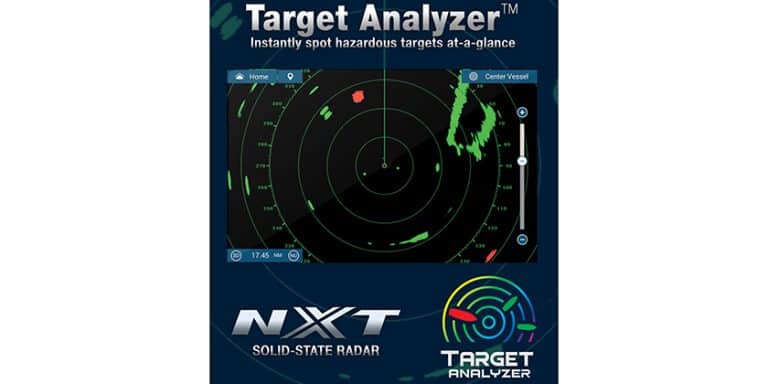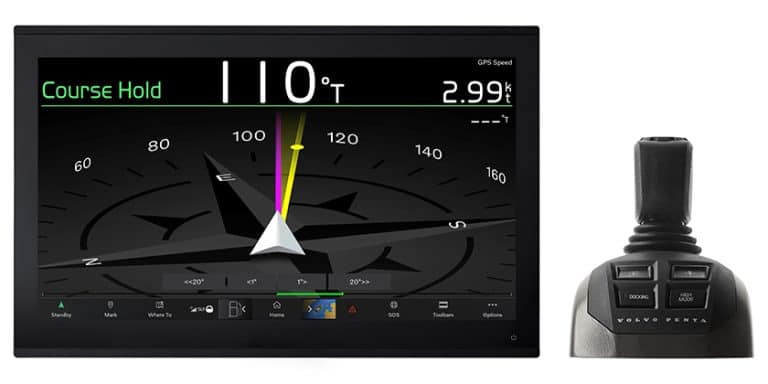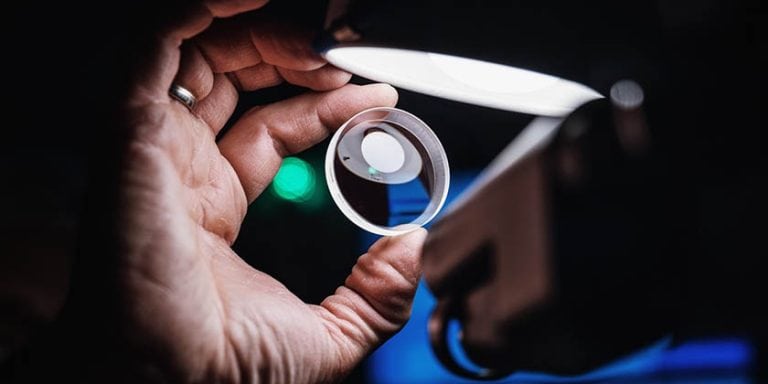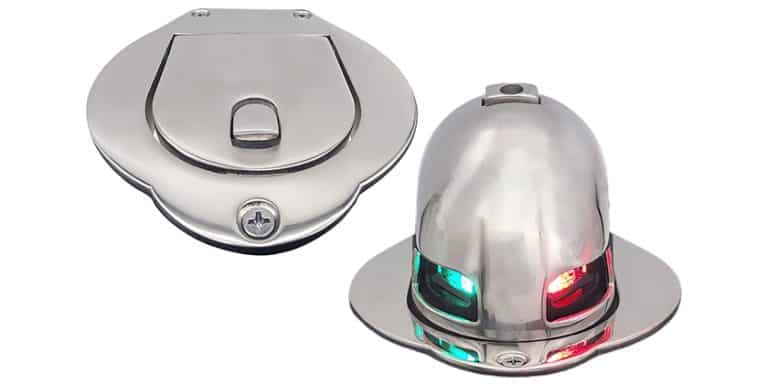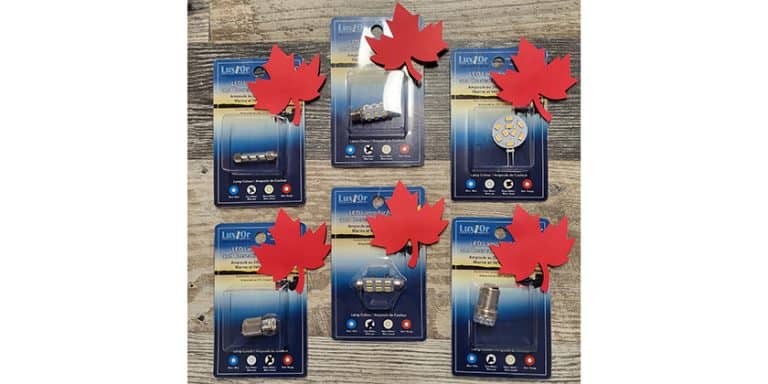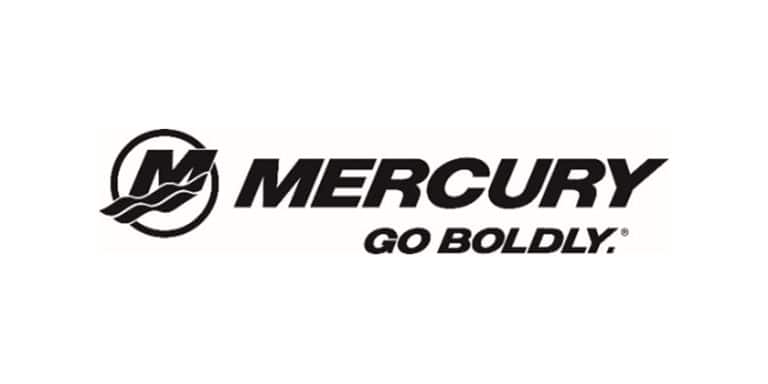Dramatic Advances in Small Boat Radar
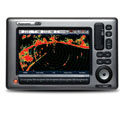
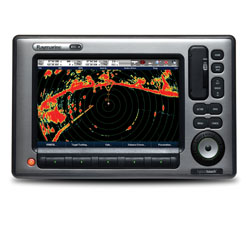 Think three grand or so…not a lot more.
Think three grand or so…not a lot more.
If your boat does not have a radar system and if you venture out long enough to get caught in darkness, or in weather like fog or rain, a radar system is a very important safety investment. If you have radar, but it is an older system, consider upgrading to the new technologies. The performance improvements are simply amazing.
Imagine going to work tomorrow and using a 10-year-old computer!
Older pleasure craft radar systems are simply out of date. The new buzzwords are digital, high definition, broadband, high-speed scanning, dual range and bird mode to name just a few. With boat show season starting soon, you have the best opportunity to learn about and compare the features of the exciting new systems that are hitting the market.
Did I say three grand? Well, Furuno has a stand-alone LCD system at two grand! Their 1623 model is 2.2 kW with a 6″ monochrome LCD display and a 15″ radome. It can mount on even trailer-sized boats if they have a suitable mount and “budda-bing” – you have radar, just like the big boys.
Furuno is celebrating its 34th consecutive “Best Radar” award from the National Marine Electronics Association (NMEA) and they’re certainly not resting on their laurels. One of Furuno’s latest models is their all-new 1835/19×5 Color LCD Radar series. The 1835 comes standard with a 4 kW, 24″ radome and can display up to 100 AIS targets with the optional AIS receiver. It features a 10.4″ colour LCD display and also Furuno’s unique “True View”; a heads-up display mode with a sophisticated smoothing effect added. You also get enhanced auto tuning, gain and anti-clutter control, all in the six thousand dollar range.
But hold on…this would all make more sense if we go for a bit of background information before we get onto more great new features.
One of the experts in the industry is Ken Harrison at Summerhill CA Sales. We asked Ken what buyers are looking for in a radar system. He told us, “Some clients are looking for range. They want 40 mile coverage but smaller boats can’t mount the radome, or an open array antenna high enough to get that anyway.”
“What most sailors and cruisers want is the convenience to safely get to their destination even if darkness, or bad weather closes in,” Ken explained, “and what these new digital and high definition systems give you is far better detail at close range, plus radar can do a lot more.”
Radar is an acronym meaning Radio Detecting And Ranging. Radar is a device which measures not only the time it takes for a pulsed signal to be reflected back from an object, but also that object’s bearing relative to your position. No other piece of marine electronics can give you as much information about objects around you as radar.
Radar is the ultimate anti-collision aid, but it also provides information about the location of neighboring vessels, coastal outlines, channel markers and objects in the water. The better X-band systems have the range to track a weather front that may be approaching. Fishermen want a system that can display a flock of sea birds. Birds are the champion fish finders! Where the birds are, there is usually a school of fish.
If you navigate in fog or darkness, you can lose “situational awareness” around your own boat because of poor, or no visibility. With radar acting as your eyes however, you have the ability to monitor your surroundings and the movement of other vessels. Most units have a guard alarm feature that alerts you when targets enter a particular zone that you have defined.
AIS is Automatic Identification System; a signal that carries information about that vessel and some units can receive and display AIS information so you can better decide a safe course, to avoid a large ship or a fast moving fishing boat. There are three types of AIS:
1. Receive only
2. Class B. Transmit and receive signal (every 2 to 3 minutes)
3. Class A. Commercial level (displays much more information at shorter intervals – every 30 seconds)
Radar systems can also display a “trail” on the screen that simulates target movement in afterglow. It is useful for assessing the movement of all targets relative to your own boat.
You never want to experience a collision at sea, but you don’t want to run aground either! Since radar sees further than the naked eye, the echoes from islands and landmasses can be used to determine your own position. Then, the more sophisticated systems allow you to overlay the chart and the radar display. This is a valuable double check on your position.
When comparing systems, remember that the scanner rotates 360 degrees about its vertical axis, using a special gear. In order to achieve precise bearing resolution the antenna radiates RF (radio frequency) power in the form of a highly directional beam. “Super” beams on commercial vessels have a horizontal beamwidth on the order of one 1 degree or less to provide highly precise bearing information. The sharper the beam, the more accurately the bearing of a target can be determined.
For pleasure craft, systems like Raymarine’s RD418D has 4 kW of power and a 4.9 degree beam for excellent target resolution from a very compact radome. More kW of power increases the ability to scan through rain and fog. Raymarine’s new HD Digital radar has a high-speed scanning mode, increasing scanner speed from 24 to 48 rpm for superior tracking of high-speed craft at short ranges.
A feature to look into is dual range mode where you can monitor both the short and long-range radar images simultaneously. What is surprising is that these new high definition digital systems from Furuno, Garmin and Raymarine at about 4 kW of power can sometimes see close targets more clearly than 25 kW commercial radar swinging an 8’6″ open array antenna!
Of course, the display is important. That is how you read and interpret the information at your helm when you are underway. The larger the screen, the easier it is to read and colour displays add a wealth of detail that is fast to interpret. We mentioned that Furuno has a very attractively priced stand alone system but as you move up through the line at all the companies, look for NMEA 2000 compliant systems that can connect to larger displays and that can network other equipment together.
Raymarine for example, has their new E Series wide screen with a touch screen feature. That can display data feeds from the radar, GPS, electronic charts and can even integrate engine data, weather data and more, on one multifunction screen.
Garmin’s GMR 18 is a 4-kilowatt radar with 36 nm range. If you team this up with a Garmin GPS Map 3006C, you are around $3000 for a system with a radome of 0.45 metres in diameter, a 5.0° beamwidth and where you can overlay the GMR 18 radar image on the chartplotter’s map page. You can also split the on-screen display so that you can view the map and the standard radar page simultaneously.
Just remember when shopping these systems that most are proprietary, so if you have Furuno on your bridge now, you stay with Furuno as you add or upgrade your equipment. The same is true for Raymarine, Garmin and the Navico lines. NMEA 2000 systems usually all network together as long as they are from the same family.
Check out the various systems at the shows this winter and get ready to make a quantum leap ahead in safety and convenience with a new radar system this summer!

